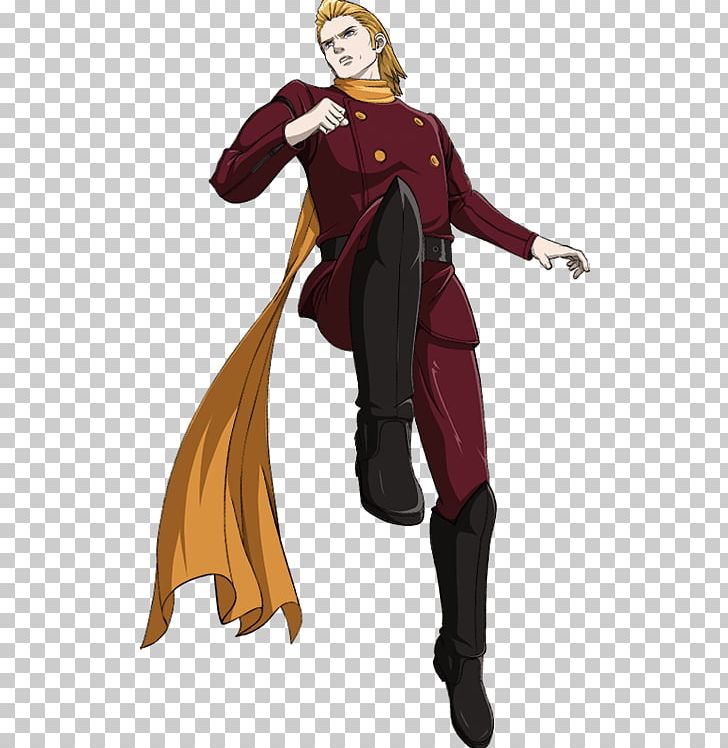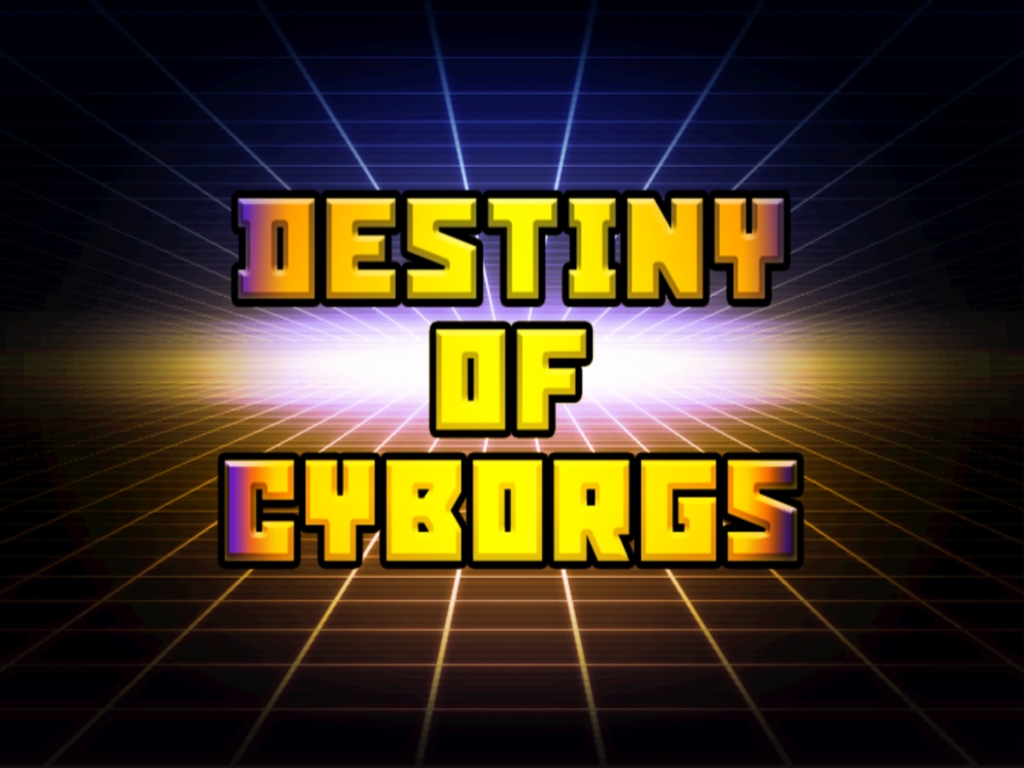

The weeks that followed included lectures on Swedish sexuality education history, hormonal regulation of sperm and ovarian follicle production, and a simulation of the potential spread of sexually transmitted infections (STIs) as well as a student-centered assignment on norms. It was also used as the basis for student discussions on gender in the following class and exemplifies the creative teaching style of the teacher. The artwork, which concerned sexuality and genitals, introduced the upcoming educational unit to the students. The lesson began and the teacher briefly introduced the first author, also an upper secondary biology teacher, before leading the class to view a nearby outdoor work of art.

Feelings of expectation hovered in the air as the students were well aware of the academic content of the educational episode ahead-sexuality education. As the lesson started, the 25 students were slowly gathering on the cold but sunny school ground. The class had, over the preceding year, taken the compulsory course science studies-analogous to natural science subjects for students not attending a natural science upper secondary program.

It was late spring and the 17–18-year-old students were about to finish their second upper secondary school year. This study accentuates how natural science, historical, political, cultural, and market-oriented intertwinings affect students’ notions of contraception-and thereby also the construction of natural science sexuality education. However, sexuality education turns out to not only be a matter of scientific facts. Our result shows that scientific facts about human reproduction are important for the students’ ability to navigate between the advantages and disadvantages of various contraceptive methods. We have in the analytical process linked Haraway’s cyborg image with her later work on tentacular thinking. Our study further aims to problematize, challenge, and develop education on contraceptive methods, and Donna Haraway’s theoretical perspectives have been particularly useful. Since the main body of the stories was about hormonal and digital contraception and contraceptive responsibility, these stories are the focal point of our analysis. Our data were constructed during an extensive educational sequence in natural science sexuality education and include audio recordings of 17–18-year-old students’ stories. In this study we examine upper secondary students’ notions of contraceptive methods, as human reproduction and contraception are common content in sexuality education in Sweden and worldwide.


 0 kommentar(er)
0 kommentar(er)
